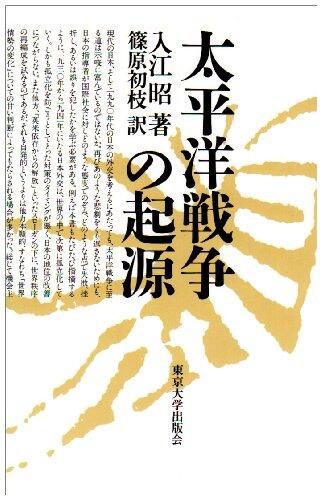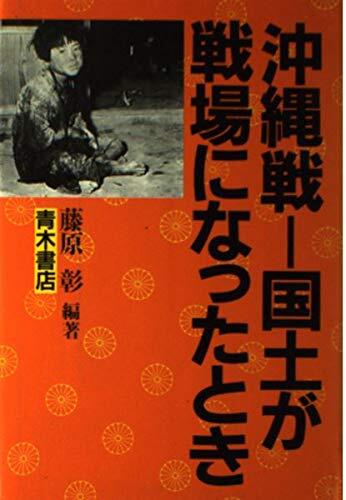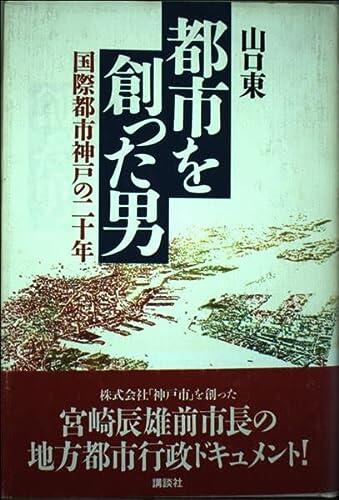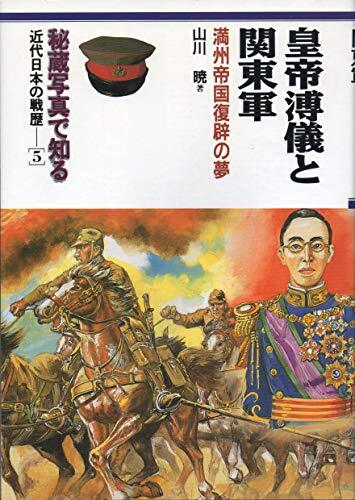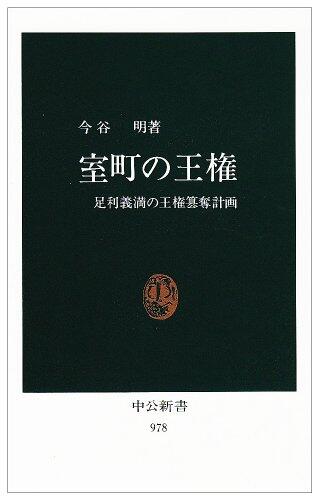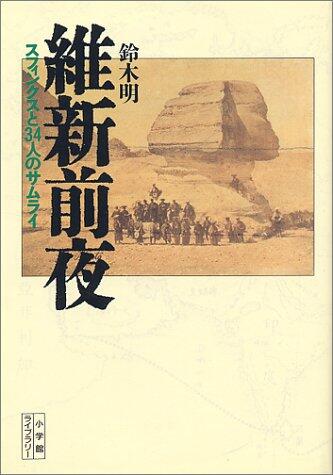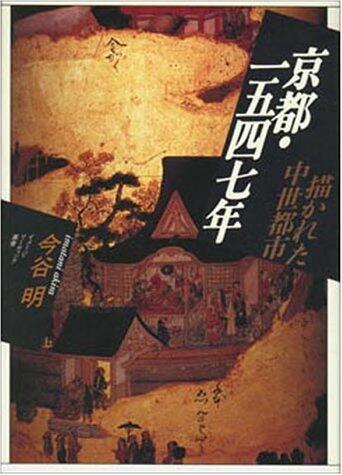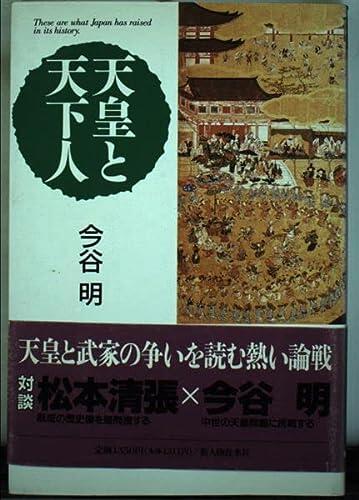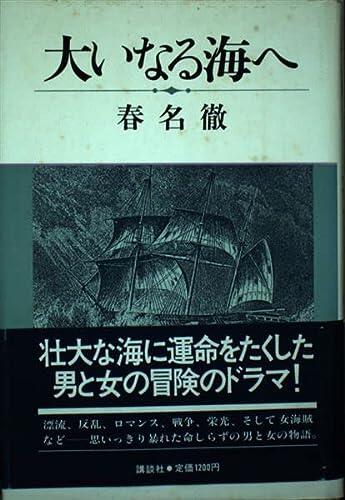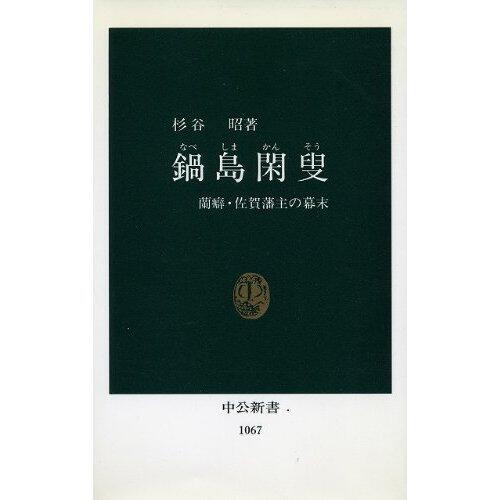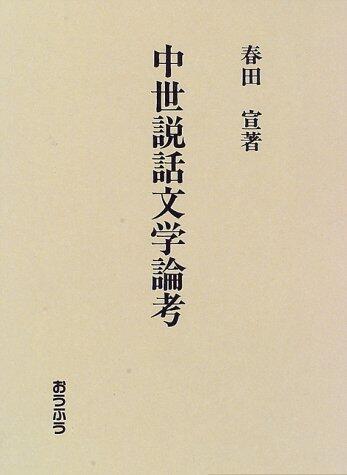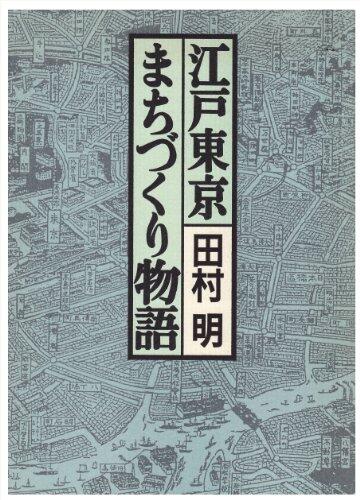
Edo Tōkyō machizukuri monogatari
によって
Akira Tamura
まだ評価がありません
History
形式
ハードカバー
ページ数
487
言語
日本語
公開されました
Jan 1, 1992
出版社
Jiji Tsūshinsha
ISBN-10
4788792095
ISBN-13
9784788792098
説明
Set against the vibrant backdrop of Tokyo during the Edo period, this work captures the intricacies of urban development and community building. Through immersive storytelling, Akira Tamura invites readers to explore the dynamic relationship between the city’s inhabitants and their environment, revealing how neighborhoods were shaped by culture, tradition, and the collective aspirations of the people.
Tamura delves deep into the lives of various characters, showcasing their struggles and triumphs as they navigate the changing landscape. Each chapter paints a vivid picture of the social interactions that contributed to the fabric of local life, highlighting the resilience and ingenuity of Tokyo’s citizens. The historical nuances serve to enrich the narrative, providing context to the evolving architecture and design of the era.
As the story unfolds, readers are taken on an enlightening journey through the streets of Edo, experiencing the highs and lows of community spirit. The narrative emphasizes how the bonds among individuals can cultivate a sense of belonging and identity, transcending the challenges faced during a tumultuous period in Japanese history.
Tamura's eloquent prose evokes a sense of nostalgia, encouraging readers to reflect on the foundations that have shaped modern Tokyo. The blend of historical fact and engaging storytelling makes this work a compelling tribute to the city’s enduring legacy and a reminder of the importance of community in both the past and present.
Tamura delves deep into the lives of various characters, showcasing their struggles and triumphs as they navigate the changing landscape. Each chapter paints a vivid picture of the social interactions that contributed to the fabric of local life, highlighting the resilience and ingenuity of Tokyo’s citizens. The historical nuances serve to enrich the narrative, providing context to the evolving architecture and design of the era.
As the story unfolds, readers are taken on an enlightening journey through the streets of Edo, experiencing the highs and lows of community spirit. The narrative emphasizes how the bonds among individuals can cultivate a sense of belonging and identity, transcending the challenges faced during a tumultuous period in Japanese history.
Tamura's eloquent prose evokes a sense of nostalgia, encouraging readers to reflect on the foundations that have shaped modern Tokyo. The blend of historical fact and engaging storytelling makes this work a compelling tribute to the city’s enduring legacy and a reminder of the importance of community in both the past and present.
